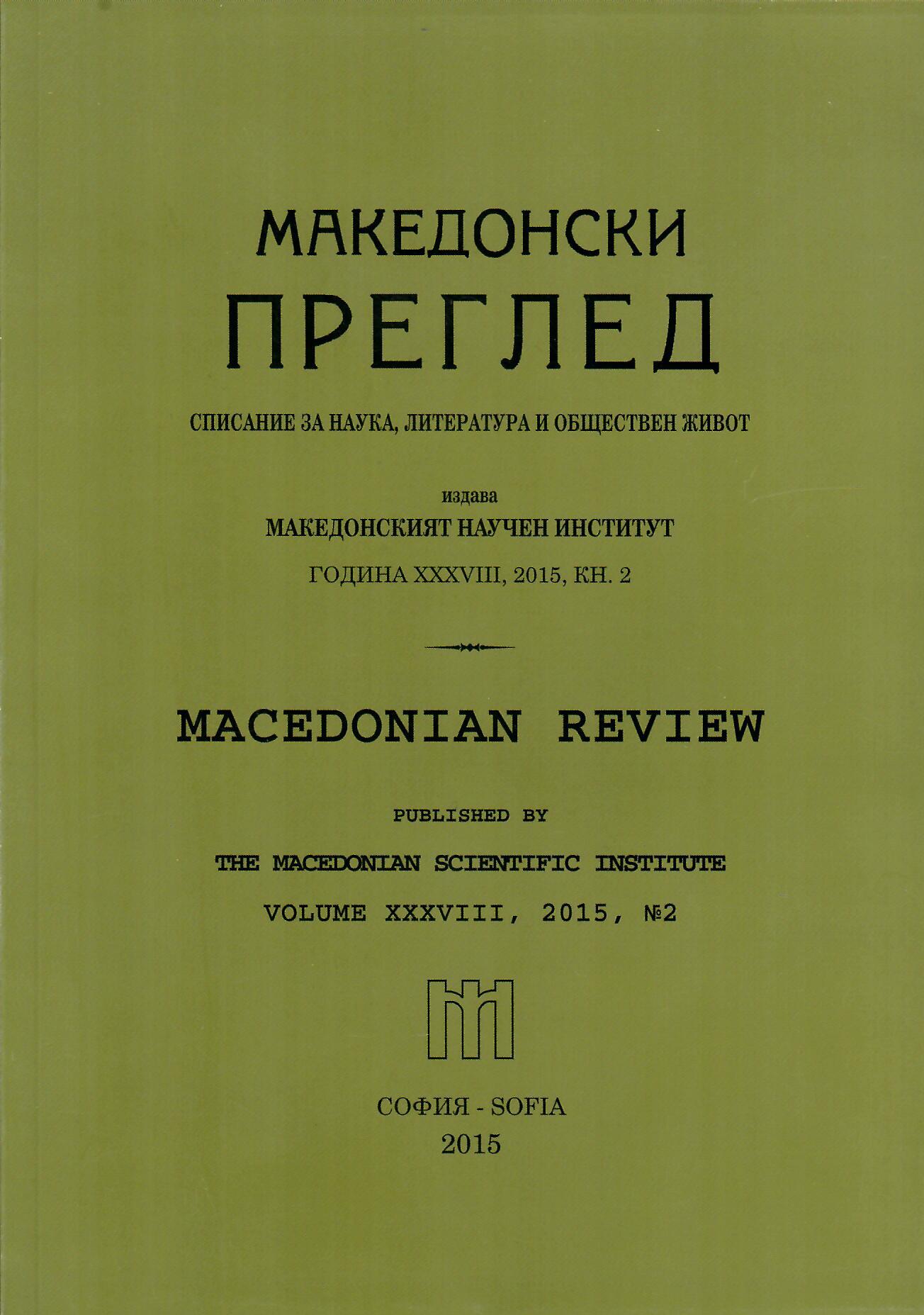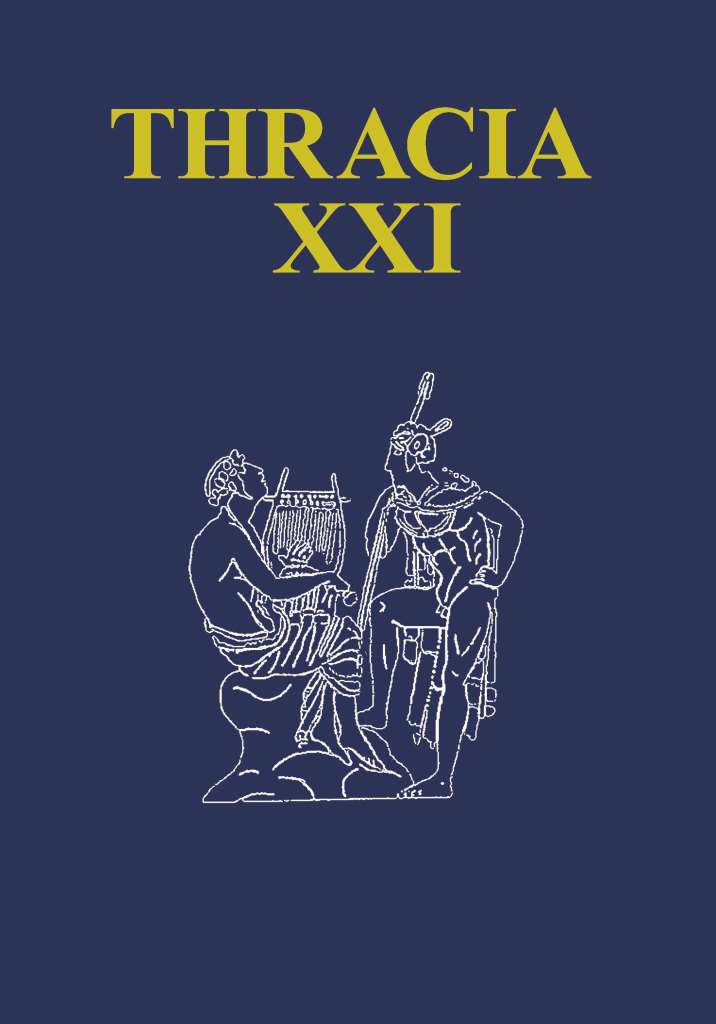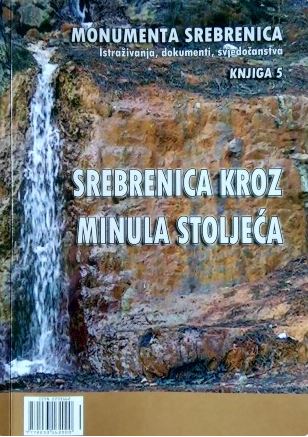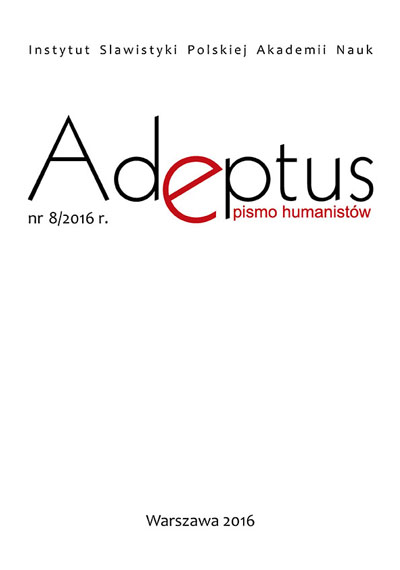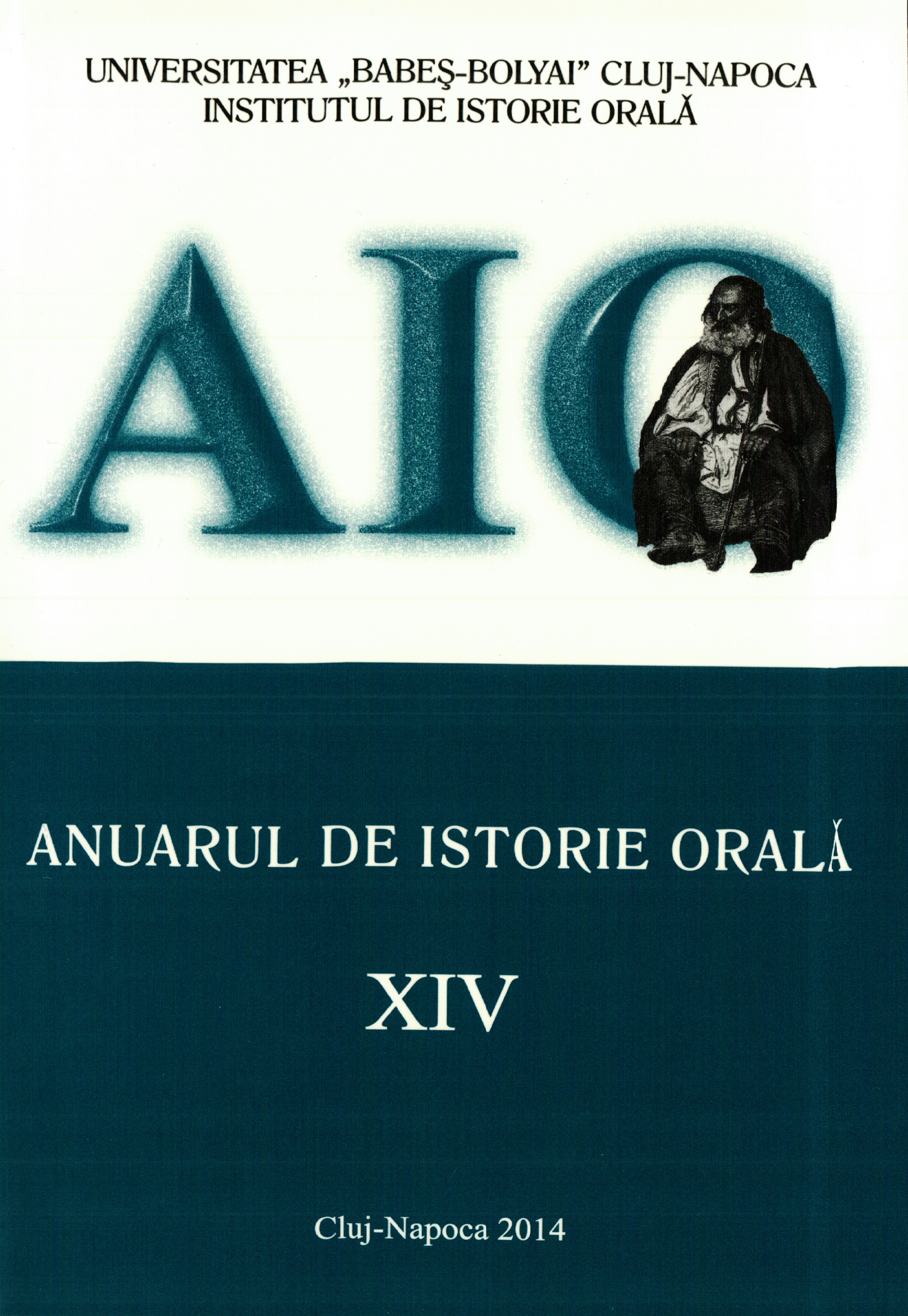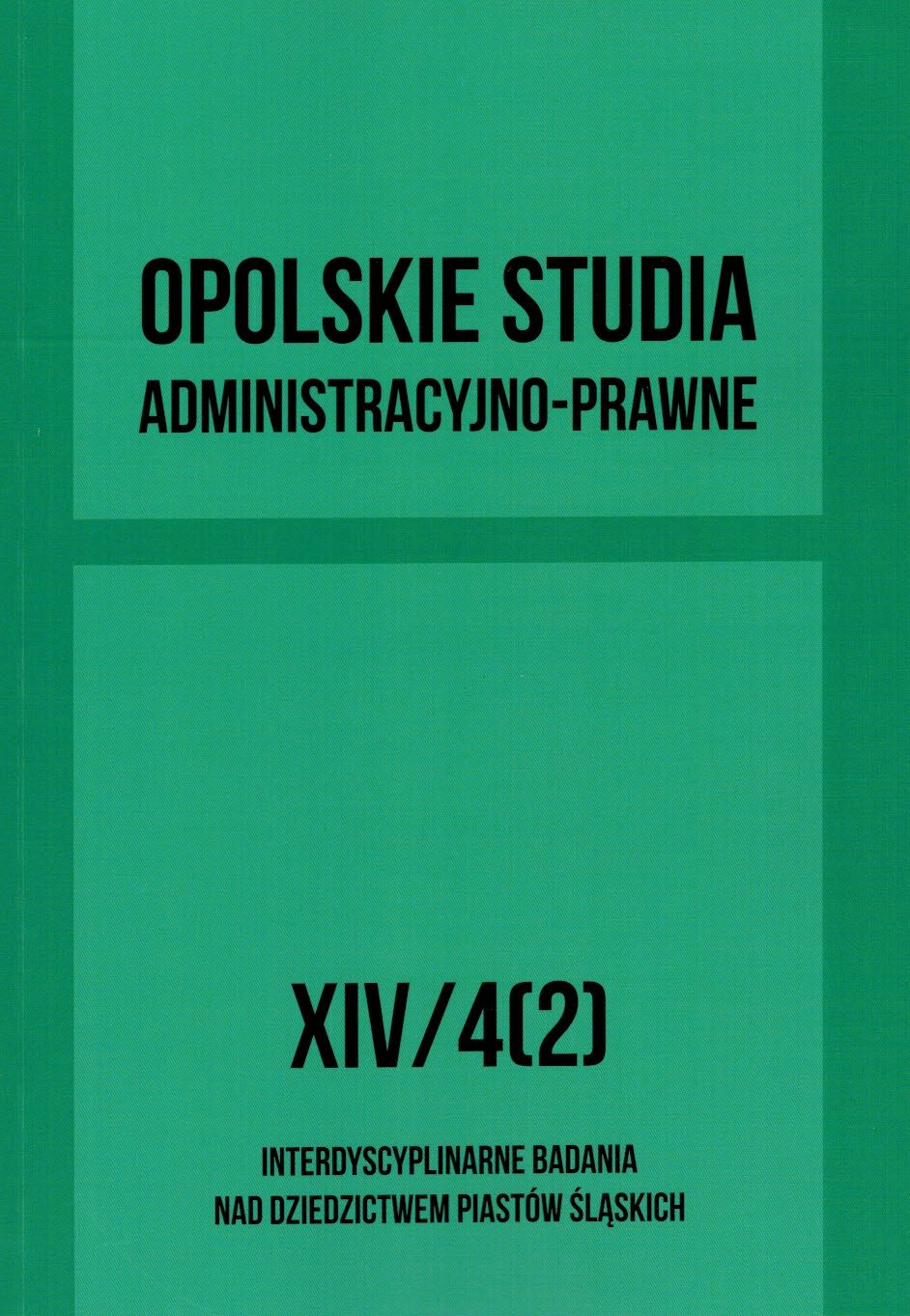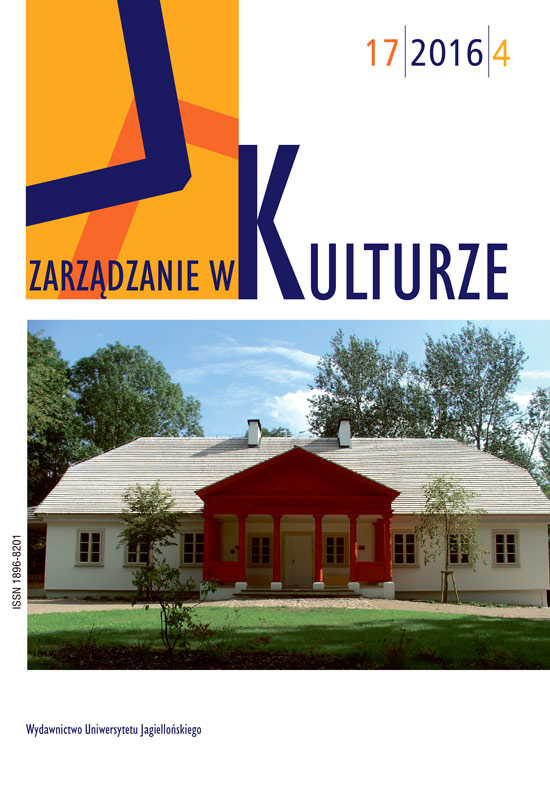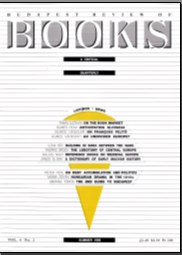Author(s): Julia Tsvetkova / Language(s): English,Bulgarian
Issue: 21/2016
The text examines the evidence in Xenophon’s Anabasis 7, 2, 32-34 on the historical figure of Maisades in Southeastern Thrace during the transitional period between the 5th and 4th century BC. Its brief presentation through the retrospective narrative of his son Seuthes II raises a number of questions about who he was, when is his activity to be dated, what the scope of his lands was and generally his role in the region. Careful reading of the source shows that the answer to some of these questions is not so unambiguous and without problems as it appears at first glance. The analysis of the summarised source data and the opinions in historiography are systemised to the following several observations: 1. Apart from the fact that Maisades was the father of Seuthes II, he can also be assumed to have been a representative of the Odrysian ruling elite in Southeastern Thrace, however without presupposing that he belonged to the family of Teres. 2. The parallel mentioning of Maisades and Teres from the Delta area in Xen. Anab. 7, 5, 1, identified with Teres І, the founder of the big Odrysian kingdom, makes it possible to seek the presence of Maisades in the time between the last years of Teres’ rule and the beginning of the rule of Seuthes I. 3. In spite of the generally accepted opinion in the literature about Maisades as an emblematic illustration of the “paradynasts” reconstructed from Thucydides’ text 2, 97, 3, Xenophon’s text does not indicate anywhere his role in the Odrysian administration in the region. On the other hand, the word “paradynasts” that has gained prominence in contemporary historiography is highly debatable. Its use by the ancient authors is extremely rare, predominantly during the Roman Imperial Age, and the brief survey of the attested cases indicates that it was categorically not used as a title in any political reality. In this sense, although the word is convenient and clearly reflects the aspirations to find a suitable expression of the hierarchic governance structure of the Odrysian kingdom, suggested by the sources, maybe its use needs to be revised or at least it should be used conditionally. 4. The territorial scope of the lands over which Maisades ruled within the lands of the Thynoi, Melanditai and Tranipsai is successively placed in the perimeter of 7 days’ journey, i.e., the maximum distance of the military campaign planned by Seuthes II and Xenophon, reported in Anab. 7, 3, 12. The comparison with the other more concrete special information in Anab. 7, 3, 16 on the location of King Medokos at 12 days’ journey would mean that the lands ruled by Maisades covered at least half of the Odrysian kingdom. The lack of standardisation in the ancient world, pointed out in the literature, as well as the concrete observations on Xenophon’s text, suggest that different criteria for travel were implied with the two distances reported. This allows to seek Medokos about 360 km inwards into the country, whereas the lands of Maisades must have spread to a maximum distance of ca. 105 km from the sea. The analysis, visualisation, and comments on the different variants of the territorial extent of Maisades lands could be performed by an appropriate GIS analysis, which on the other hand builds the next investigation stage of the topic.
More...
